Canada's US dilemma
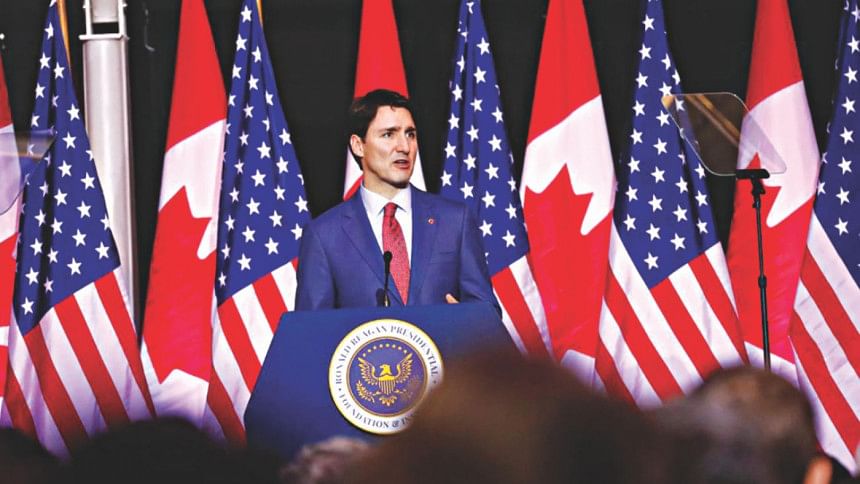
Every time Donald J Trump berates Canada, the friendliest neighbour any country could have, those Gerry Rafferty/Joe Egan lyrics from a Stealer's Wheel song rings through my mind. "Clowns to the left of me," they begin their story, "jokers to the right," before the rueful finale: "here I am, stuck in the middle with you." Unsure how many Canadians think that way about their loquacious, peripatetic next-door president, but here is a bilateral relationship long deserving an even playing-field that it is unlikely to get, at least in our lifetime.
Forging the largest bilateral trading partnership the world has ever seen across perhaps the largest open border the world has ever known, Canada and the United States share a relationship that cannot be equalled on this planet by any two other countries, in values (Anglo-Saxon), volumes (of trade and services), and velocities (of relationships and policies).
Trump and Justin Trudeau, his younger Canadian chief executive, may be struggling to find common ground, but attributing this simply to Trump's difficulties in being diplomatic, or conversing with democratic leaders, will not do. We have seen shades of this before: President Richard M Nixon treated his own Canadian counterpart, Justin's father, the then equally young, charming, debonair, and dashing Pierre, through a profane prism (he was caught muttering in May 1971). Republican-Liberal partisanship will also not explain that outburst, though ideological considerations have often been played to the hilt in bilateral relations.
Pierre sought a "third option", that is, away from the two countries most hitherto influential over Canada, especially over trade. One was Great Britain, owing to its historical dominance over Canada (whose dominion it still is, and where Queen Elizabeth II still reigns), then again in the 1970s, when the island's ostracised relations with West Europe's Common Market clashed with Pierre's continental fling. The other was a rapidly sprouting United States suddenly steering the wheel of world politics from World War II, and, in Pierre's time, wielding too nationalistic an economic stick (for instance, the "Nixon shocks" in August 1971), for an equally nationalistic Canadian's comfort.
Pierre went beyond, standing like a world leader when few of stature, if any, prevailed. He pioneered western diplomatic negotiations with the People's Republic of China in 1970, that is, one year before Henry Kissinger's ping-pong diplomacy began. Both his 1978 "strategy of suffocation" and 1983 campaigns to break the nuclear arms-negotiations stalemate between the United States and the Soviet Union illustrated his sincere efforts to move beyond nuclear non-proliferation into actually reversing weapon construction.
More than that, this rich playboy-ish-politician's French background did not stop him from forcefully advocating Canadian nationalism when separatist Quebecois fires were still flaring. Even as he (re)postulated protectionist policies upon his southern neighbour, Pierre pushed Canada to seize the vacant multilateral leadership spot when US capacities began to waver. He particularly enhanced Canada's notable peacekeeping UN role until Steve Harper's government would diametrically change that by converting a token post-9/11 Afghani military presence into a larger and deeper combat role from 2006 (about when Bangladesh unwittingly replaced Canada at the very top of the UN peacekeeping role, a gesture indicating how much more we share with Canadians that could beget much more mileage).
Between 1968 and 1984 (with only a brief break in 1979), Canada acquired an individualistic identity because of Pierre, his October 1971 Multicultural Act becoming the Holy Grail of everything Canadian (much like we were doing with our own culturally-driven liberation war at the very same time). When he died in 2000, for example, he had just been voted as Canada's biggest news-maker in the entire 20th Century. And this was not because his girlfriend list was like the "Who's who" list of the entertainment world: from Bianca Jagger and Barbara Streisand to Kim Cattrall and Margot Kidder, Pierre briefly settled with Margaret Joan Sinclair, with whom he had three children before the 1971 wedding ended thirteen-years later.
Likewise for his policies: what turned out to be the right moves at the right times by the right (hippie-friendly) prime minister, proved woefully out-of-date by the 1980s, when a Thatcherite revolution and Reaganomics introduced a neo-liberal track that stumped Canada's collective-minded liberalism. By then, Canada was hugging and chugging with its southern neighbour again: not just because they were both conservatives, but Brian Mulroney and Ronald Reagan signed the 1988 free-trade agreement, based upon their Shamrock Summit two years earlier, to break the persistent economic suffocation. Mexico was invited to join them in 1990, creating the North American Free Trade Agreement (NAFTA) from January 1994 (much to initial Canadian dismay); and from December that year, the final touches of what later became the Free Trade Area of the Americas (FTAA), were added in Miami. From "Alaska to Tierra del Fuego" (in the words of one of the FTAA grandfathers, US President George HW Bush, in 1990), the Western Hemisphere stood as one for the first time (with the Cuban exception).
Of course, that is the same NAFTA outfit Trump is out to jettison today (much as the FTAA camaraderie itself dissolved earlier). Even before, actually during the staunchly pro-US Harper administration (2006-14), Canada sought alternate partners again, turning to West Europe, again. The Comprehensive Economic and Trade Agreement (CETA) emerged from tortuous negotiations during Justin's stewardship, in 2016. Traces of Pierre's "Third option" can be seen again in Justin's efforts, as too the multiple windows that Justin wants to open, as Pierre had done in his own time. Immigration restrictions were dismantled, particularly the asylum curb Harper instituted in 2009 on Mexicans, effectively ending the fairly easy access Mexicans had until then into Canada (and which triggered the asylum explosion).
With Trump refusing to sign the G7 June 2018 agreement, Justin again found himself in solid and welcoming European company, leaving the G7 at its own Rubicon. In fact, Canada seems to gain more from every tariff Trump imposes elsewhere, if not with new cookies to trade, then with the charm that beckons the ships. That may be the Justin difference.
At the day's end, though, Canada's future might be authored jointly by both Justin, carrying on, as he seems to be, in his daddy's footsteps (in as path-finding directions as his father used to), and Trump, whose "immigration" aid and ideological gung-ho approaches appear so reminiscent of new nationalist converts, like Nixon proved to be in the early 1970s. Britain tried it as a colonial power in the early 1930s, against the most formidable US tariff legislation (the 1930 Hawley-Smoot Tariffs), through its 1931 Imperial Preferences. That it was also called the Ottawa Preferences was an early recognition of Canada being more than a colony and dominion: it was its own boss, and that it would try, through the remainder of the 20th Century, to subtly establish that fact.
Perhaps the time has come to be more robust in the game. Though Canada diluting the deep, almost irrevocable, US ties may become a key 21st Century tale, that bilateral relationship may still revolve upon the same underlying theme as after World War II: the mixed Dickensian world pitting "the best of time" and "the worst of time".
Imtiaz A Hussain is the head of Global Studies & Governance Program at Independent University, Bangladesh (IUB).
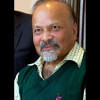



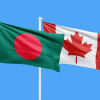
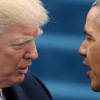

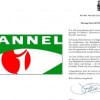


Comments